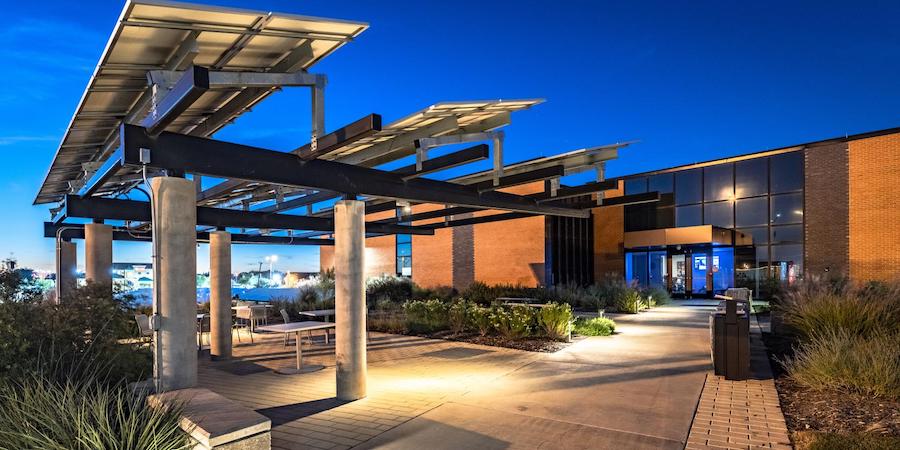Years of maintenance challenges and increasing wildfire risks resulted in an untenable situation for many California businesses, educational facilities and residences this fall: planned power outages. While a planned power outage provides some warning, most users have not been fully aware of the potential impact nor have they been prepared for the associated costs.
On Nov. 18, Pacific Gas & Electric (PG&E) issued its 7th planned power outage notice this year. This outage affected more than 300,000 customers (almost 1,000,000 people) in PG&E’s Northern California service area.
While weather may calm as we head toward winter, we know there will be future outage events, which should drive facility teams to evaluate their preparation.
Questions to Ask
Our integrated team at HED has spent the last several weeks considering what these outages mean in the larger context of overall building operations and mission resiliency. While these events are technically scheduled (with small warning windows), their extended durations have resulted in unexpected impacts. One university urged its students to avoid going to campus for fear of students’ devices pulling power away from mission critical resources such as research projects. A super-computer facility discovered that while there was emergency power provided for a controlled shutdown, there was no contingency for a long-term, non-emergency power loss in an otherwise “normal” business day, resulting in lost revenue and future scheduling challenges.
Similar stories have led to a growing number of questions building owners should address in light of these events:
- Is there any backup power available (generator, on-site solar etc.)?
- Have loads been added to the backup / emergency system versus design?
- Have emergency systems been maintained? e.g. Have the emergency batteries been tested and replaced?
- How much fuel is available for a generator?
- What other services will be affected? Water? Natural Gas? Sewer systems?
- Will your system need a black start generator to engage after a complete power loss?
Planning for the Future
While a long-term solution to the outages has not been determined, utility customers need to start planning now for the next event. Some customers, such as hospitals, are mandated by code to be prepared for power outages, but these requirements are limited in their scope, and certainly don’t reach into other businesses where power loss can be highly impactful as well.
Short Term
Every user should assess their needs and potential impacts. If the user chooses to add power by generation or storage, it needs to coordinate with utilities and users for space, switching needs and to educate users on application and operation of the systems. Portable backup power systems can be provided in a pinch, but they will require contracting with the provider, ensuring there is sufficient fuel and identifying a ready means of connection.
It is also important to proactively engage with local power suppliers and related regulatory agencies. Users should review power contracts now for potential “no islanding” clauses. Such clauses require users to not generate power beyond specific process and emergency loads in the event of an emergency power loss. As these new events become more frequently “planned,” they, by definition, no longer qualify as emergency events under such clauses. Additional discussions will be required with the local Air Quality Management District to ensure fines won’t be levied as they were in the early 2000’s when California suffered rolling blackouts and some facilities used emergency power systems outside of approved allowances.
Beyond the Short Term
There are numerous approaches available to address future outages and each facility will have a different degree of need. Consider renewable energy sources and storage devices, cogen, trigen, or fuel cells, but simply identifying a preferred power source won’t be enough. We all need to understand utilities, code, regulatory limitations, space planning, and other limiting factors. The challenge will be finding the right mix of solutions (generation and use reduction) to unlock a site’s potential for the successful navigation of the next planned power outage.
Kenneth Golovko, P.E., LEED AP BD+C is the National Engineering Practice Leader at integrated architecture and engineering firm HED. A well-recognized, national leader in integrated design, with a particular focus on sustainability, Ken has over 25 years of experience in design and project leadership. HED’s 400+ people serve clients in a broad range of market sectors from eight U.S. offices including Boston, Chicago, Dallas, Detroit, Los Angeles, San Diego, San Francisco, and Sacramento.





Post a comment to this article
Report Abusive Comment